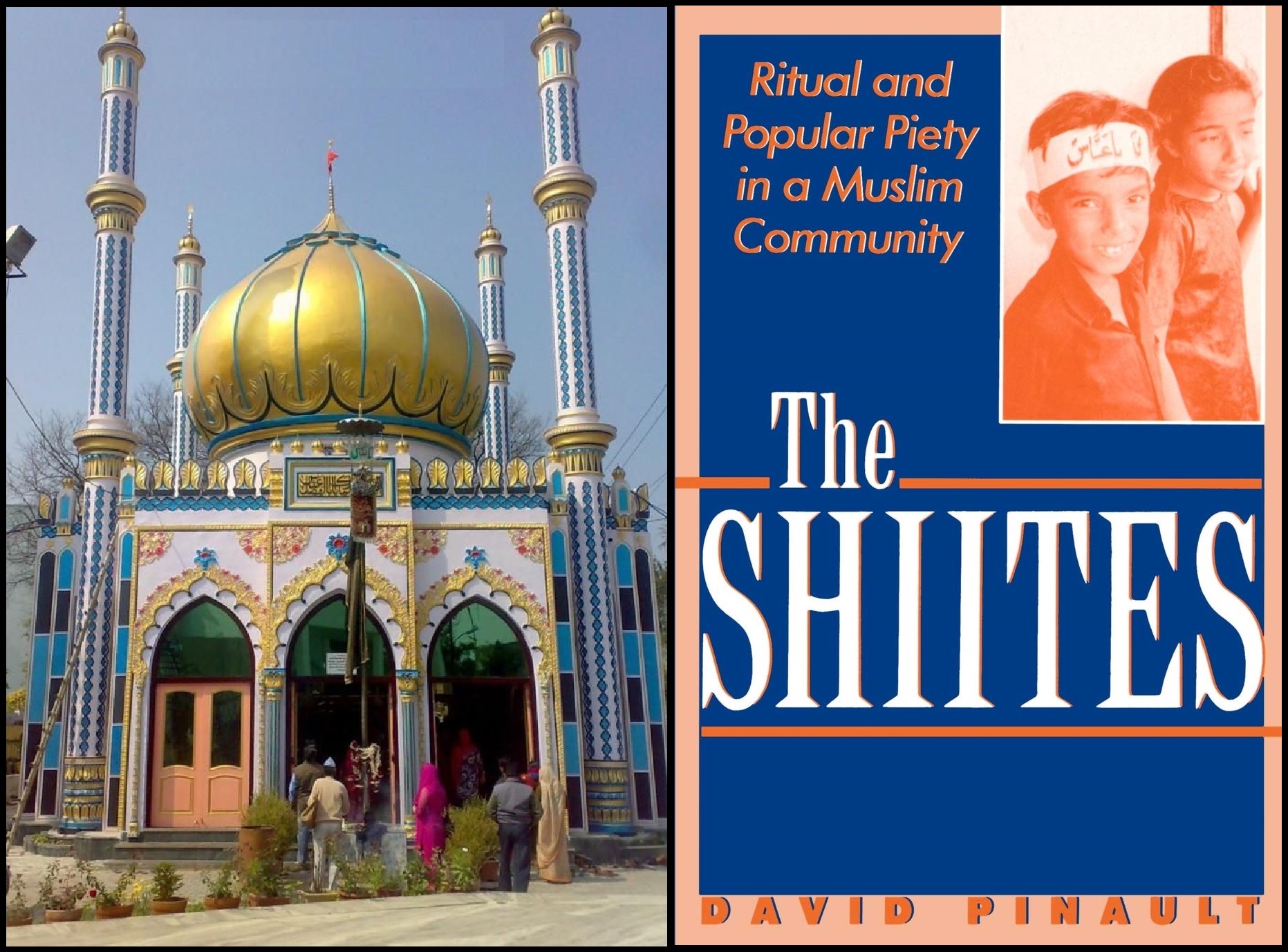David Pinault
Liturgy as Drama: The Seventh of Muharram and the Bridegroom of Karbala’s Procession
Despite important differences of culture and historical era, to a limited extent the chant-activities of Hyderabad’s matami guruhan invite comparison with the genre of tragedy in ancient Greek literature. Both the matam-nauha unit and tragedy involve the performance of choral lyric in a religious liturgical setting, nauha during the annual Muharram majlis, tragedy during the annual festivals honoring the ancient god Dionysus. Both are agonistic: the choregoi who financed the tragic productions assigned to them by the Greek polis competed enthusiastically for the prizes awarded for the best plays; and I have suggested that a certain competitiveness characterizes the Shiite guilds, for social prestige, membership enrollments, and coveted invitations to further majalis are all linked to the quality of the group’s public performance during Muharram.
In both cultures adolescent boys and young men had a particular role to play in the ceremonies. In India, under the training of the nauha-khan, the most talented of the guild’s youths are trained to sing antiphonal responses and expend their energy in physically demanding breast-beating. In ancient Greece a didaskalos or poet-trainer was selected by the choregos to train the young men of the tragic chorus.
John Winkler in a recent study has emphasized the role of the ephebes (late-adolescent males of military age) in Athenian dramatic festivals; it was they who were charged every year with carrying the statue of Dionysus in procession from the Academy to the temple and theatre of Dionysus on the south slope of the Acropolis.

